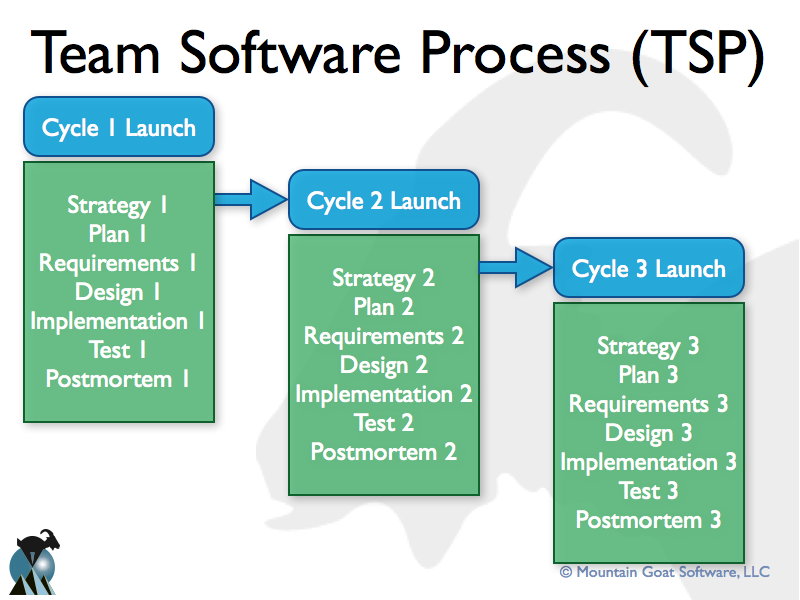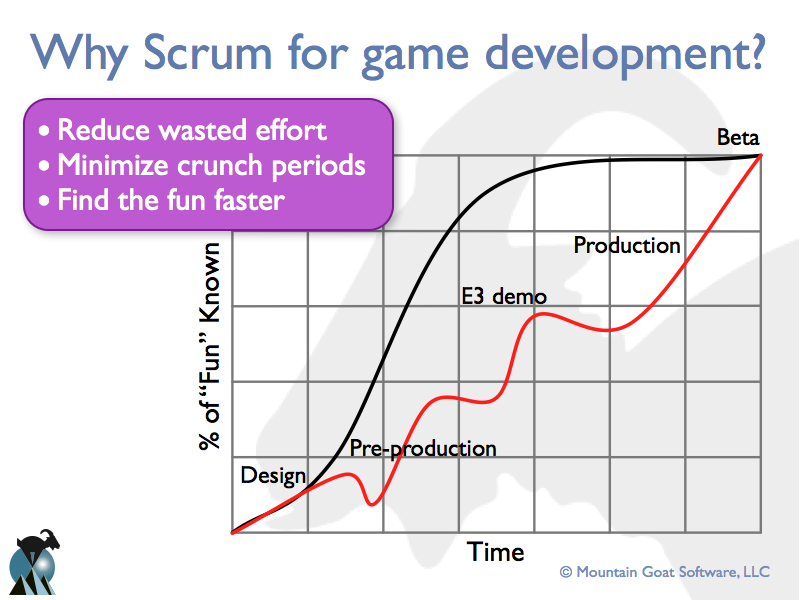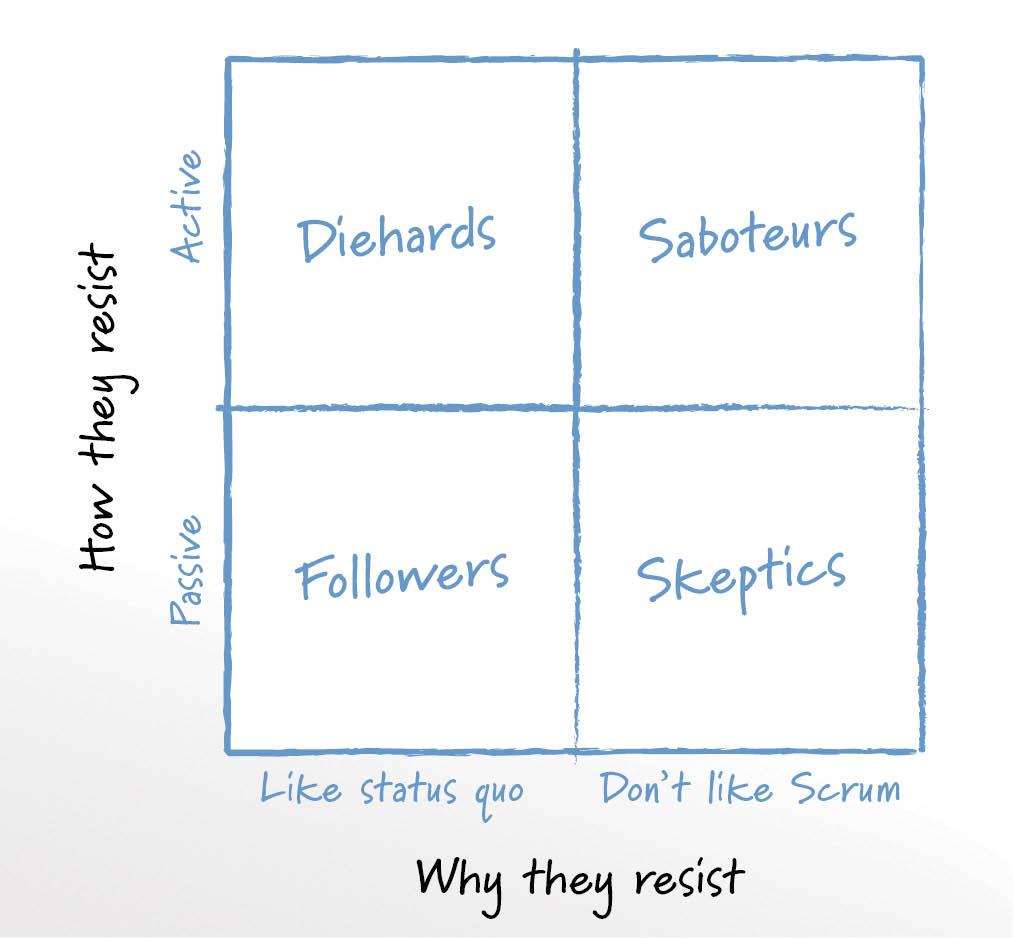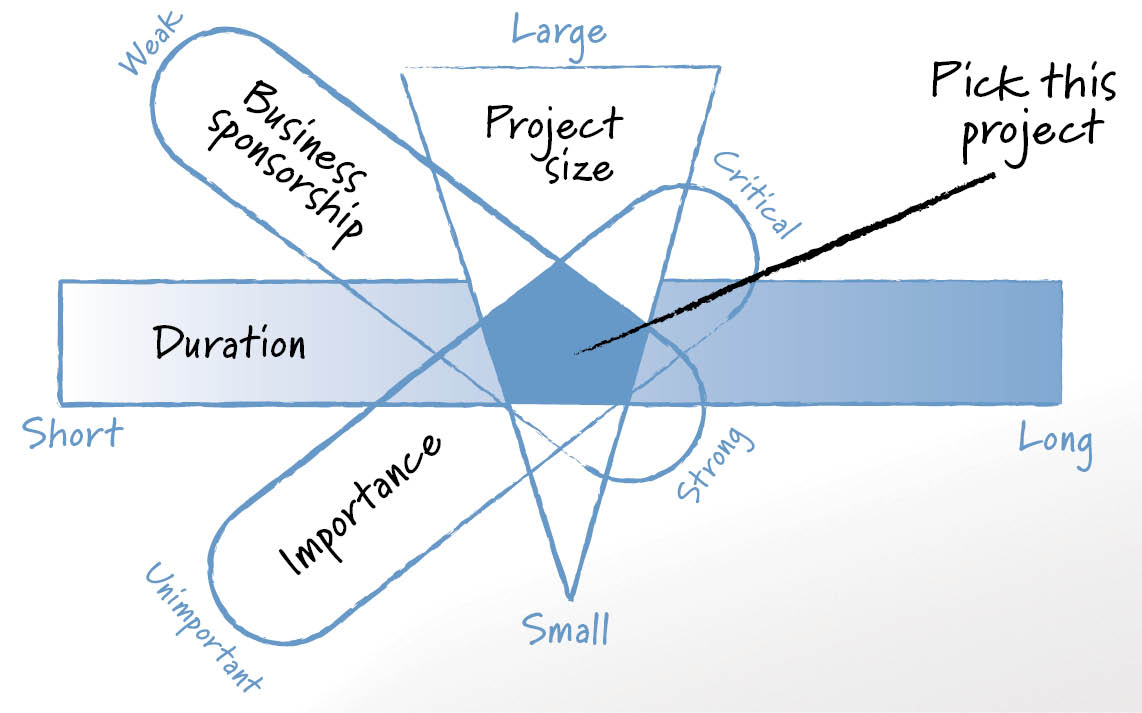Scrum Foundations Video Series
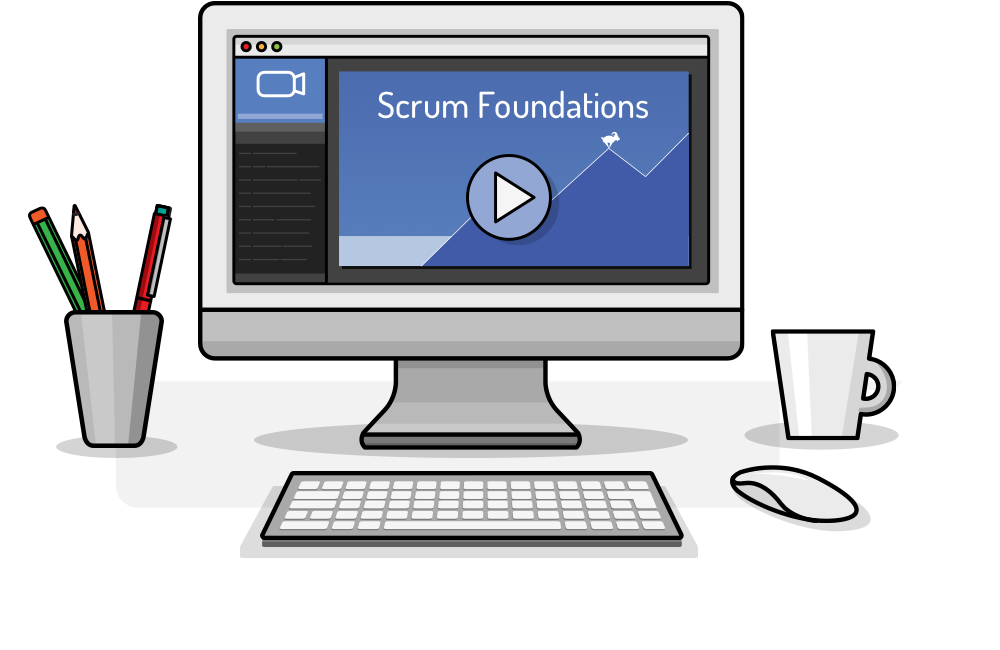
All the foundational knowledge of Scrum including: the framework, values, different roles, meetings, backlogs, and improving efficiency & quality.

Scrum Foundations Video Series
How do we get started with agile?
An agile methodology—such as the Scrum framework—is a lighter weight approach to product development than many of the traditional approaches.
Agile methodologies feature self-organized teams that are empowered to achieve specific business objectives. Agile methodologies focus on rapid and frequent deliverables of partial solutions that can be evaluated and used to determine next steps.
In this way, solutions are built in an iterative and incremental manner. Agile methodologies have been shown to deliver higher quality products in less time, resulting in improved customer satisfaction.
The approach we advocate is to iterate toward agility. Create an improvement backlog of all the things your organization could do better or could do in a more agile manner. Invite others to join this effort, particularly those with a passion for improving the development process or with agile experience either in your company or with a prior employer.
If your improvement backlog is long, consider grouping the items to create multiple improvement backlogs. Publicize the change effort to company employees and seek volunteers to work as a community toward making these improvements. As these improvement communities form, let each own one of the subdivided improvement backlogs.
If the transition effort warrants it, establish an Enterprise Transition Community that provides energy, support, resources, guidance and occasional direction to the improvement communities who are doing the real work of driving the agile transition across the company.
How quickly can our organization become agile?
You'll see the benefits of adopting agile certainly within the first year and most likely within the first three to six months.
 Keep in mind that many organizations go through a period of turmoil during the first one to three months as some people resist the change and others face legitimate hurdles in overcoming years of ingrained behavior.
Keep in mind that many organizations go through a period of turmoil during the first one to three months as some people resist the change and others face legitimate hurdles in overcoming years of ingrained behavior.
Remember, though, that agile is not something you work at and then suddenly become. As you approach what you think of today as agile, you'll realize there's always further to go.
We're transitioning to agile. Do we need to start with a pilot project?
It is not necessary to run an agile pilot project. Pilot projects are commonly done for two reasons: To see if something will work or to learn how to make it work.
By now, enough other companies—very likely including some of your competitors—are using agile approaches like Scrum so that there is no longer any question of if it works.
The real question most organizations face is how to make agile or Scrum work for them. One or more software development pilot projects can be very helpful in providing those answers.

Should we transition all our teams to Scrum at once?
Most organizations still begin with a handful of teams and spread their Scrum or agile software development process across the organization. But, all-in transitions are becoming more common.
One example of a company that successfully transitioned all at once is Mountain Goat Software client Salesforce.com. For them, it worked.
During their first year of using Scrum, Salesforce.com reported releasing 94 percent more features, delivering 38 percent more features per developer and providing over 500 percent more value to customers compared to the previous year.
Last update: September 4th, 2025

